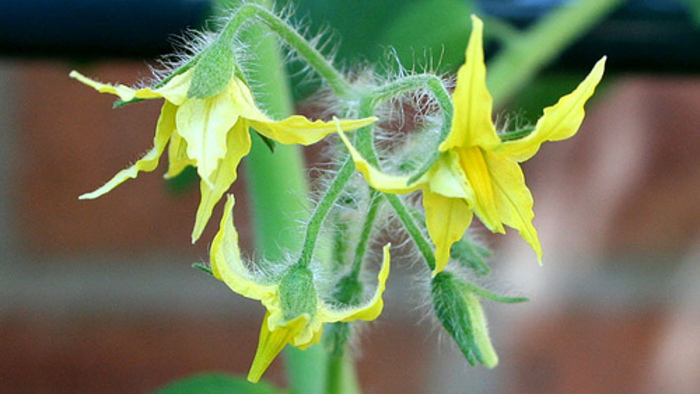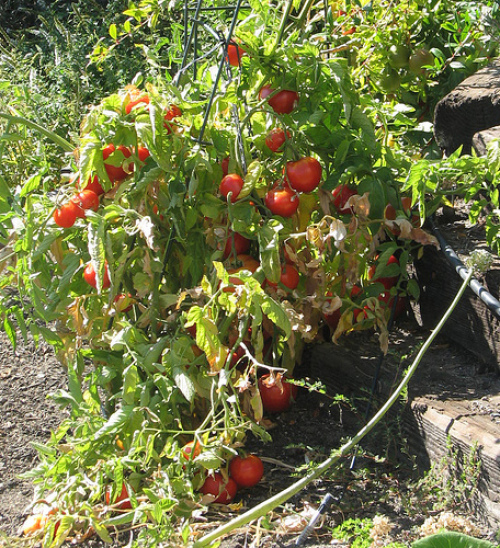Help Pollinate Your Tomato Plants to Get More Fruit
Getting a bigger harvest is easy with this simple technique

The pollination of tomato plants has been the subject of controversy by many gardeners over the years. You’d think that we could just ask those who have been growing their own food for decades (the “seasoned” gardeners) for the final answer.
The problem is that those are the very gardeners that are having the debate. Like many things in gardening, it appears that there are still mysteries out there for us to discover. And it’s probably just as well; mysteries make us become observant and curious. Both are important attributes for humans to possess, yes?
First, let me say that tomatoes are “self-pollinating” plants. They have what’s called “perfect” flowers. What this means is that they have flowers that have both the stamen and the stigma (male and female parts) on the same blossom. So the pollen from the stamen falls onto its own stigma and we have pollination and eventually, fruit. Often this is process has been completed before the flowers are fully open—but not always. Beans, eggplant, and peppers are self-pollinating too.

Naturally occurring tomato cross-pollination is an issue of debate
Some gardeners say that tomato cross-pollination (the pollen from a different tomato variety pollinates another variety) happens on a regular basis. Some argue that in all of their gardening years, they’ve never seen a tomato cross-pollinate in their garden no matter how close the proximity. Still, others strongly suspect that the answer lies somewhere in-between. While tomato blossoms are structured basically the same way—they have a perfect flower that allows for self-pollination—some tomato species have an extra-long “style” which is part of the female reproductive part of the plant.
The end of the style (stigma) is where the pollen grain sticks to that end up producing fruit. The idea is that if the style is very long, it may make it possible for other insects to pollinate the flower before its own pollen can drop onto the stigma. On the other hand, tomato species that have blossoms that carry a short style make it nearly impossible for outside (cross) pollination.
Increasing your yield just takes a simple shake
Whatever the deal is, you can actually help your tomato plant set more fruit this season by showing it some tactile love. You just take the flowering branches and give them a gentle shake. The pollen will drop from the stamen of the flower onto the pistil.
There’s no magic number of times you should shake your tomato plants; you just sort of wing it. Gardeners usually do it two or three times a day to ensure good pollination. Left alone, the wind would shake the blossoms, as would the fluttering of bees’ wings. But, gardeners everywhere swear that they harvest higher fruit yields with this simple technique.
Fine Gardening Recommended Products

The New Organic Grower, 3rd Edition: A Master's Manual of Tools and Techniques for the Home and Market Gardener, 30th Anniversary Edition
Fine Gardening receives a commission for items purchased through links on this site, including Amazon Associates and other affiliate advertising programs.

Gardener's Log Book from NYBG
Fine Gardening receives a commission for items purchased through links on this site, including Amazon Associates and other affiliate advertising programs.







Comments
Log in or create an account to post a comment.
Sign up Log in